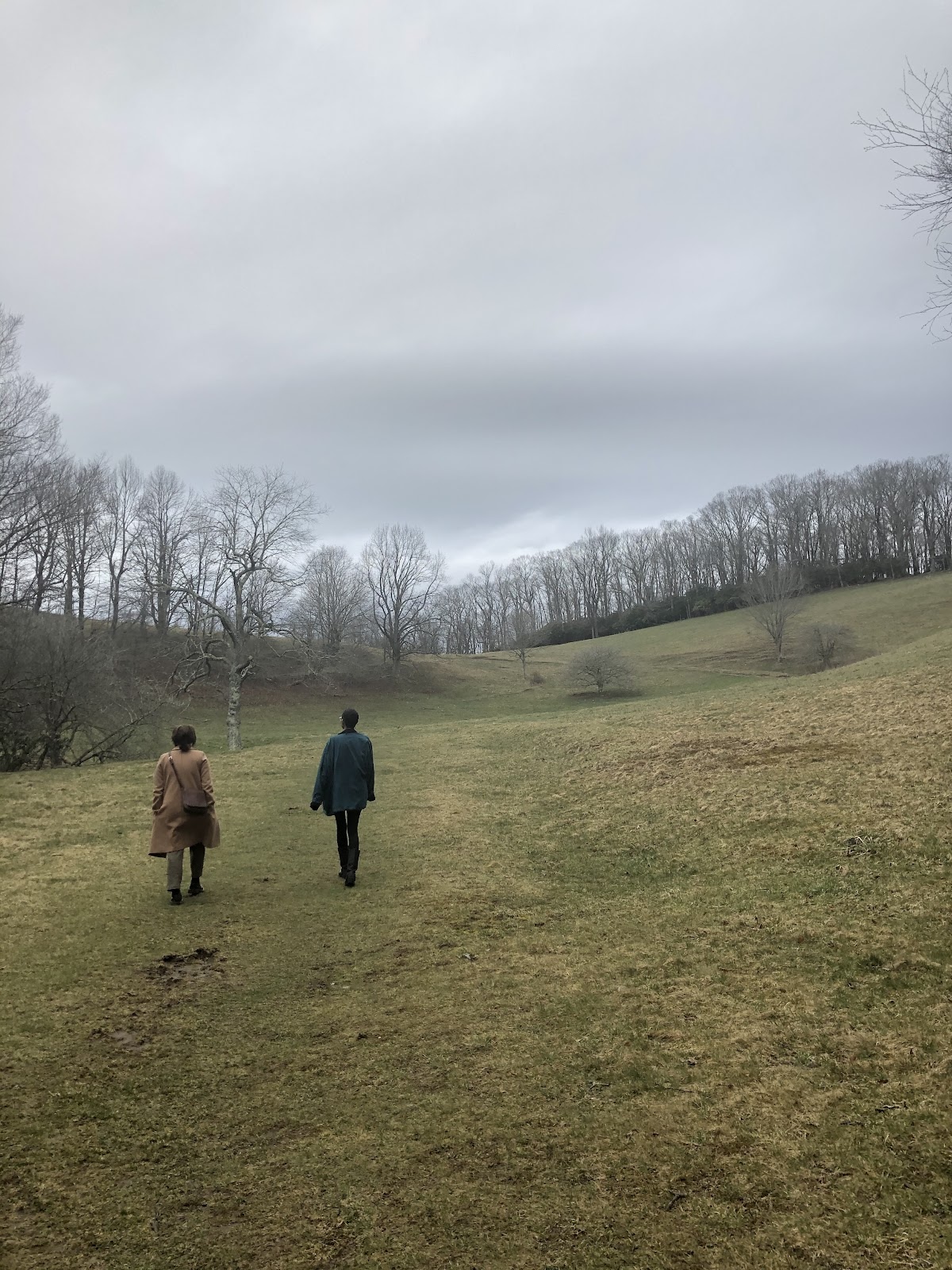Hauntology, coined by Jacques Derrida in Specters of Marx: The State of the Debt, the Work of Mourning and the New International refers to the enduring residues of the past that continue to exert influence on the present (Derrida, 2006). Avery Gordon notably applied hauntology to the social sciences through her seminal work, Ghostly Matters: Haunting and the Sociological Imagination (originally published in 1997), employing it as a sociological framework to elucidate the persistent impacts of the social past (Gordon, 2008). By the mid-2000s, hauntology gained traction in niche popular culture following Mark Fisher’s elaboration on Derrida’s concept, particularly in describing a musical aesthetic that delves into themes such as nostalgia, retro-futurism, and cultural memory. Although hauntology has exhibited some conceptual ambiguity and lacks consistent definition, we contend that anthropology offers a distinctive perspective to further explore its implications.
While anthropological discussions on ghosts or the enduring legacies of violence are not new, employing hauntology as a framework presents novel opportunities (Good, et al., 2022). Within anthropology, hauntology prompts an examination of how both literal and metaphorical ghosts manifest in contemporary societies, cultures, and identities. Hauntology often involves multiple layers of meaning and ethnography allows researchers to explore this multiplicity by delving into the lived experiences and subjective interpretations of individuals and communities, revealing the nuances of how haunting phenomena are perceived, negotiated, and contested in everyday life. It provides empirical evidence through direct observation, interviews, and participant observation—grounding theoretical concepts in real-world contexts. Ethnographic research can uncover practical implications and insights for addressing social issues related to hauntology, such as collective trauma, memory politics, and reconciliation processes.
We invite researchers and visual artists to engage critically with hauntology and its implications for comprehending social, cultural, and historical phenomena.
Hauntology and consciousness share several intriguing intersections, especially when considering the ways in which hauntology prompts us to reflect on the nature of memory, identity, and temporality. By engaging with hauntological concepts, we can deepen our understanding of the ways in which consciousness is shaped by the phantoms of the past that continue to haunt our present experiences.
We welcome submissions from diverse perspectives, including academic research, personal narratives, and artistic reflections.
Guidelines For Papers
– Abstracts (250-300 words) due by July 1st 2024
– Full Paper (5,000-7,000 words) due by November 1st 2024
– Visual Artworks are due by
November 1st 2024 (Submissions
should be sent as a JPEG and include
caption and dimensions as well as an
artist statement)
Please submit your proposals to courtneynelson@bennington.edu & timbrookgr@gmail.com
Submission Guidelines: https://ac.americananthro.org/submissions/
Journal Homepage: https://anthrosource.onlinelibrary.wiley.com/hub/journal/15563537/about/author-guidelines
Chicago Style Publishing Guide: https://www.americananthro.org/StayInformed/Content.aspx?ItemNumber=2044
Courtney Nelson (courtneynelson@bennington.edu)
Courtney is an aspiring anthropologist on the editorial board at the Anthropology of Consciousness journal. She received her bachelors in anthropology and religion from Bennington College. Her research focus lies in medical anthropology and the anthropology of religion, exploring the boundaries between magic, religion, and madness. She is interested in how culture defines experiences such as hearing voices and seeing visions. While she has primarily researched shamanism and spirit possession, more recently she has begun exploring psychosis academically as she has experienced psychosis first hand. She is curious how culture differentiates these extraordinary experiences (that involve hearing voices and seeing visions) and whether they be defined as “magical”, “religious” or “psychotic”. Additionally, she is interested in exploring the affective states of haunting and healing which is central to shamanism and spirit possession. In her research, she has found inspiration in the shaman and spirit mediums’ potential to facilitate between the material/immaterial realms, and between the past/present/future—confronting ghosts, making amends and thus exorcizing them. To Courtney, this shows the necessity of remembering and confronting the past before moving forward and the value in connecting haunting with healing so that favorable futures can be materialized from painful pasts.
Timbrook (timbrookgr@gmail.com)
Timbrook is an experimental musician, writer, and aspiring anthropologist based in the southeastern so-called United States. Along with Courtney, they are also on the editorial board for the Anthropology of Consciousness journal. An alum of Appalachian State University, G. Timbrook received their bachelors in anthropology, with an interdisciplinary concentration drawing practice and inspiration from conceptual frameworks of fields such as black feminist studies, philosophy and queer studies. Their current research interests concern black non-being, identity, and black creativity in the United States, with both their academic and creative work engaging themes and explorations of blackness, memory, trauma, hauntology, and loneliness.
***
“Every medium is a machine for the production of ghosts”

Photo of Courtney and G., taken 2020
Derrida J. 2006 (1994). Specters of Marx: The State of the Debt, the Work of Mourning and the New International. New York: Routledge
Good, B. J., Chiovenda, A., & Rahimi, S. (2022). The Anthropology of being Haunted: On the Emergence of an Anthropological Hauntology. Annual Review of Anthropology
Gordon A. 2008 (1997). Ghostly Matters: Haunting and the Sociological Imagination.
Minneapolis: Univ. Minn. Press
This supports programming, student participation, awards, and other activities
Select your membership category and AAC as your primary section.